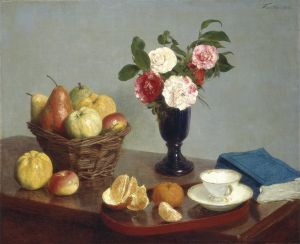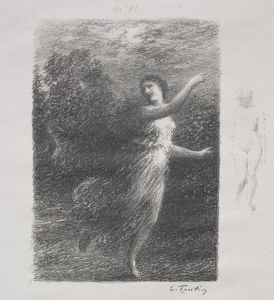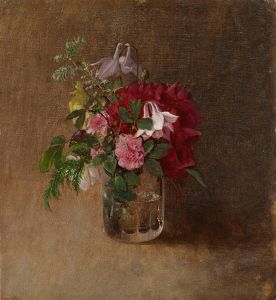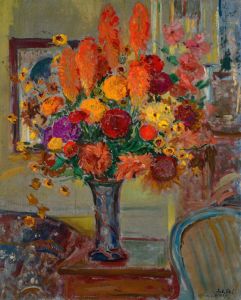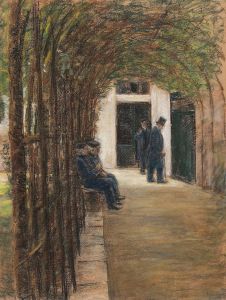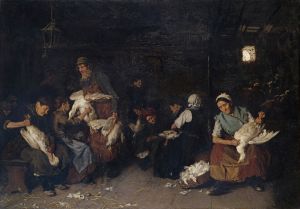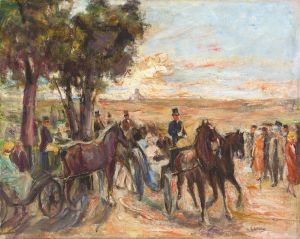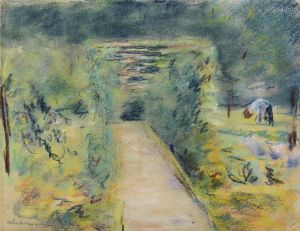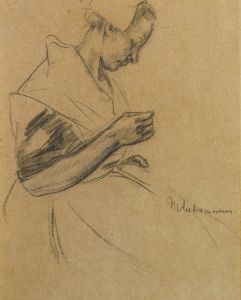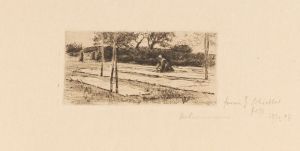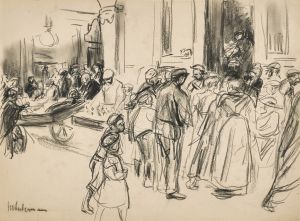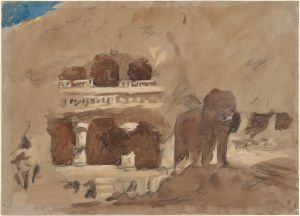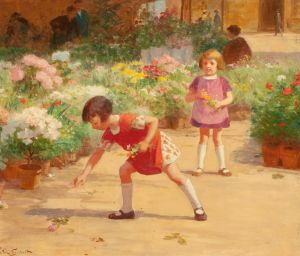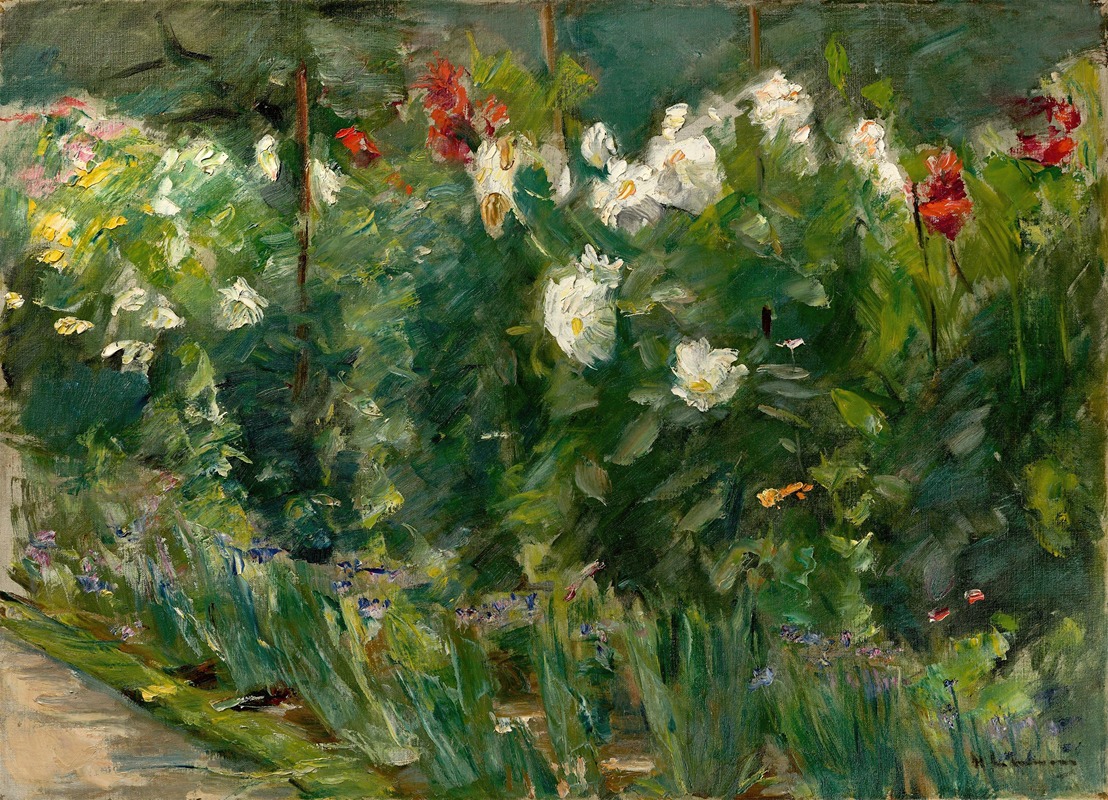
Rote und weiße Blumen nach Südosten
A hand-painted replica of Max Liebermann’s masterpiece Rote und weiße Blumen nach Südosten, meticulously crafted by professional artists to capture the true essence of the original. Each piece is created with museum-quality canvas and rare mineral pigments, carefully painted by experienced artists with delicate brushstrokes and rich, layered colors to perfectly recreate the texture of the original artwork. Unlike machine-printed reproductions, this hand-painted version brings the painting to life, infused with the artist’s emotions and skill in every stroke. Whether for personal collection or home decoration, it instantly elevates the artistic atmosphere of any space.
"Rote und weiße Blumen nach Südosten" (Red and White Flowers Facing Southeast) is a painting by the renowned German artist Max Liebermann. Liebermann, born on July 20, 1847, in Berlin, was a leading figure in the German Impressionist movement and a prominent member of the Berlin Secession. His works are celebrated for their vibrant use of color and light, as well as their focus on everyday scenes and landscapes.
The painting "Rote und weiße Blumen nach Südosten" exemplifies Liebermann's mature style, characterized by loose brushwork and a keen interest in the effects of natural light. The composition features a garden scene with red and white flowers, likely roses, arranged in a naturalistic setting. The flowers are depicted with a sense of spontaneity and freshness, capturing the ephemeral beauty of the blooms. The orientation of the flowers towards the southeast suggests a specific time of day, possibly morning, when the sunlight would illuminate the scene from that direction, enhancing the colors and creating dynamic shadows.
Liebermann's choice of subject matter reflects his fascination with gardens and outdoor spaces, a theme that recurs frequently in his oeuvre. He often painted the gardens of his summer residence in Wannsee, near Berlin, where he spent much of his later life. These garden scenes are notable for their intimate and serene atmosphere, providing a glimpse into the artist's personal world and his appreciation for nature.
The painting's technique is indicative of Liebermann's mastery of Impressionist principles. He employs a palette of bright, contrasting colors to convey the vibrancy of the flowers, while the loose, expressive brushstrokes create a sense of movement and liveliness. The background is rendered with softer, more subdued tones, allowing the flowers to stand out as the focal point of the composition.
Max Liebermann's contributions to art extend beyond his paintings. He played a significant role in the cultural life of Germany, serving as the president of the Prussian Academy of Arts from 1920 to 1932. His leadership helped to promote modern art in Germany during a period of significant political and social change. However, his career was later affected by the rise of the Nazi regime, which targeted him due to his Jewish heritage. Despite these challenges, Liebermann's legacy endures through his extensive body of work, which continues to be celebrated for its beauty and technical prowess.
"Rote und weiße Blumen nach Südosten" is a testament to Liebermann's skill as a painter and his ability to capture the fleeting moments of natural beauty. The painting remains an important example of German Impressionism and reflects the broader trends in European art during the late 19th and early 20th centuries. Today, Liebermann's works are held in numerous public and private collections, and his influence is recognized as a pivotal force in the development of modern art in Germany.





